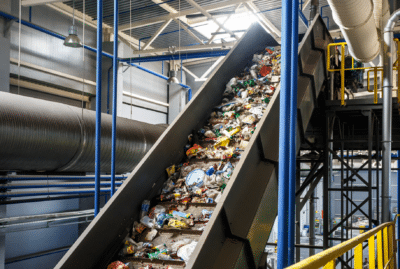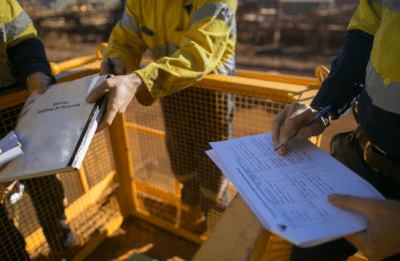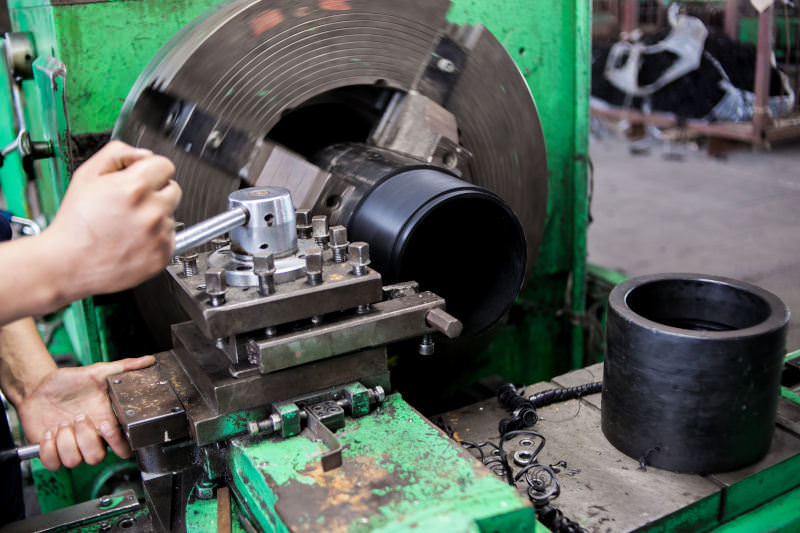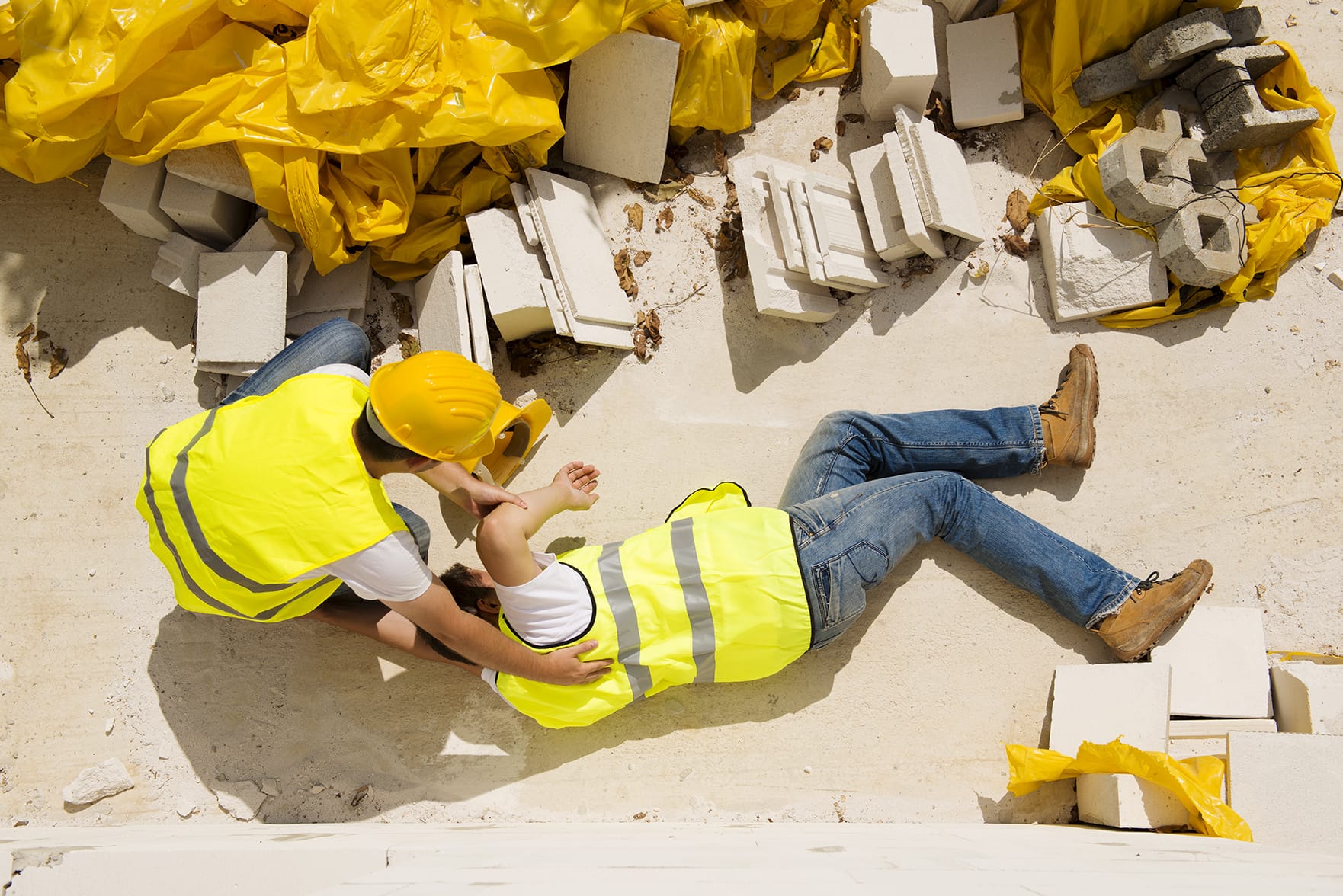Whether you are an employer or an employee, important lessons can be learned from looking at recent reports of serious injuries in the workplace.
The tragic news of a 17-year-old boy who was killed working on an industrial estate in Greater Manchester is a particularly shocking reminder of how dangerous some workplaces can be. Two men have been arrested in connection with the incident, on suspicion of gross negligence, though details of how the catastrophe happened have not yet emerged. An investigation conducted by the police and the Health and Safety Executive (HSE) is ongoing.
Sadly, this is far from an isolated occurrence. According to HSE statistics, 135 people were killed in work-related accidents in Great Britain in the year 2022/23 – with 60,645 employee workplace injuries reported under health and safety regulations.
In this blog, we’ll look at some specific examples of how failings in workplace safety have caused serious injuries to workers, and what lessons can be learned. But, before doing so, it is important to keep in mind a few key points for context:
What you should bear in mind…
…as an employer
You have a legal duty of care to keep your employees as safe as is reasonably possible when they are carrying out their work for you.
Industrial workplaces, such as those covered in the examples below, are naturally some of the most dangerous, but the principles remain the same no matter the work your business conducts or how you employ your workforce.
Serious health and safety failings can expose you to both criminal sanctions (often in the form of fines) and civil liability (in the form of personal injury claims made by your injured worker, or sometimes their loved ones in the case of fatal accidents).
…as an employee
You should know the extent of your employer’s responsibilities towards you regarding your safety at work.
Whilst it is impossible to cover all of the specific health and safety regulations here, a good rule of thumb is to question practices you feel are unsafe in your workplace. Discuss this with your employer, colleagues, and/or trade union. And if you are particularly worried that your concerns are going unnoticed by your employer, you should consider raising a formal grievance.
If the worst has already happened and you have been injured at work, you can seek legal advice about making an accident at work claim. It doesn’t matter whether you were injured in an industrial setting, or in a generally ‘safer’ environment such as an office or shop, it is important to explore your rights to compensation if you have suffered harm.
Often, a key question in any personal injury claim for an accident at work is whether an employer has failed in their duty of care towards their worker. That’s where health and safety regulations come in, as they give a clear indication of what is expected of an employer in protecting their employees in the workplace.
The examples below demonstrate a number of ways in which employers might fall short of this duty of care and their obligations under health and safety regulations.
Serious accident at a waste recycling plant
A recently concluded HSE investigation, into an accident at a waste recycling plant in Yorkshire, found significant failings had led to a worker being seriously injured.
The workplace accident occurred when the worker had been helping colleagues to restack some industrial-sized bags of batteries, which were waiting to be recycled. A large number of the bags had been placed in a stack in part of the warehouse but the stack had fallen over. As the workers were trying to get the bags back into position, some of the bags started to rip. At least 300kg of batteries poured out and fell onto the unfortunate worker, causing various injuries, including broken bones in his legs and a fractured collar bone.
Making risk assessments for the hazards that workers face in their job is a significant part of an employer’s health and safety obligations. Another key responsibility is to implement safe systems of work based on those identified risks.
However, HSE found that there had been:
- No documented risk assessment
- No safe system of work in place for stacking the bags. The plant was also found to be overstocked which contributed to the unsafe conditions.
- Disregard for industry-specific standards and guidance in the use of the bags
The investigation also discovered that there had been other incidents at the site.
For these health and safety breaches, the company was fined £120,000 and ordered to pay nearly £5,000 in costs.
This would be in addition to any personal injury compensation they might have to pay to the unfortunate worker who was seriously injured through their failings.
Fatal accident on a construction site
Another recently reported HSE investigation focused on even more catastrophic circumstances.
A construction worker tragically lost his life when he emerged from a makeshift refuge tunnel into the path of an excavator’s bucket.
The investigation found that his employers had not assessed the risks of allowing the tunnel to be used as a refuge and had not established a safe system of work, whereby people exiting the tunnel could not do so if there were machines in operation nearby – particularly as operators would have limited visibility of the tunnel’s exit. It was also highlighted that the company had conducted inadequate supervision, as it was held that these risks would have been identified had monitoring visits been carried out.
The Harrogate-based construction company was ordered to pay a fine and costs totalling nearly £340,000 for their disastrous breaches of health and safety regulations.
The loved ones of the worker killed through these failings may also have grounds to bring their own legal action for their immeasurable loss.
Severe injuries from a cutting machine
In a final example, a fine of over £250,000 was imposed on a bedding manufacturer, after HSE found that there had been two separate incidents of serious injury caused by the company’s health and safety breaches.
The first incident occurred in 2020, when an employee (on his first day working the production line) was asked to clean a component of a cutting machine. He reached in to do so, but the machine had not been properly isolated from the power. A clamp came down, trapping the worker’s hand, and the cutting saw began to move. He lost three fingers.
The other incident happened a year later when an employee tried to reach into a quilting machine whilst it was still running to retrieve a fallen casing. His glove became tangled in the machine, which dragged his hand into the mechanism and caused severe injuries. As a result, he had to have the tips of two of his fingers amputated.
HSE’s investigation found, in particular, that there had been insufficient safety guards on the machines and inadequate procedures to isolate machines from the power. They considered that both incidents could have been easily prevented had proper precautions been implemented.
Truth Legal represented a client in a personal injury claim involving similar circumstances, and injuries. We recovered substantial compensation for our client who lost two fingers as a result of defective machinery.
Compensation claims for workplace accidents
No-one, neither employers nor workers, want injuries to occur in the workplace. Health and safety regulations were created to avoid them from happening and so it is important to be aware of the regulations which apply and to follow them no matter whether you employ or are employed.
However, if you are a worker who has been injured through an accident at work, you should give serious consideration to exploring your legal rights to compensation. If you wish to do so, you can contact our personal injury specialists here.
If you are an employer whose employee has been injured, you should not see a personal injury claim as an ‘attack’ on you. Legally mandated Employers’ Liability Insurance should cover compensating your worker for the harm that has been caused. The important thing is to learn lessons from the accident and to take appropriate steps to improve safety so that no one else has to suffer the consequences of a workplace injury.
Further Reading
From one of the UK’s most read legal blogs.











